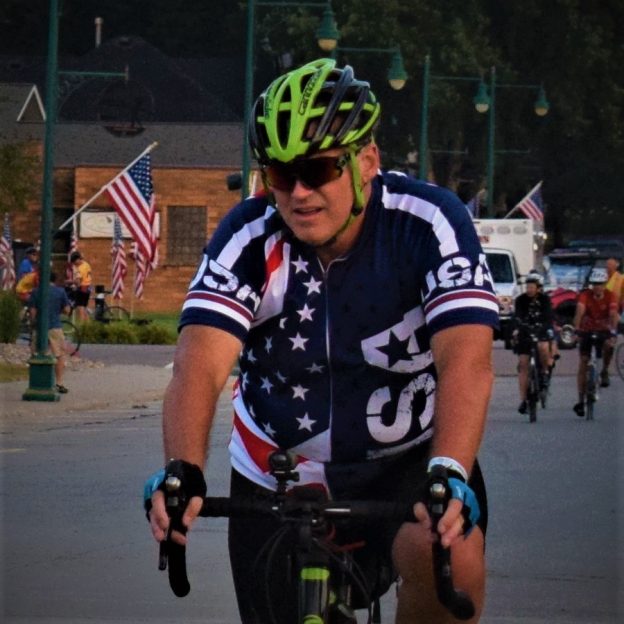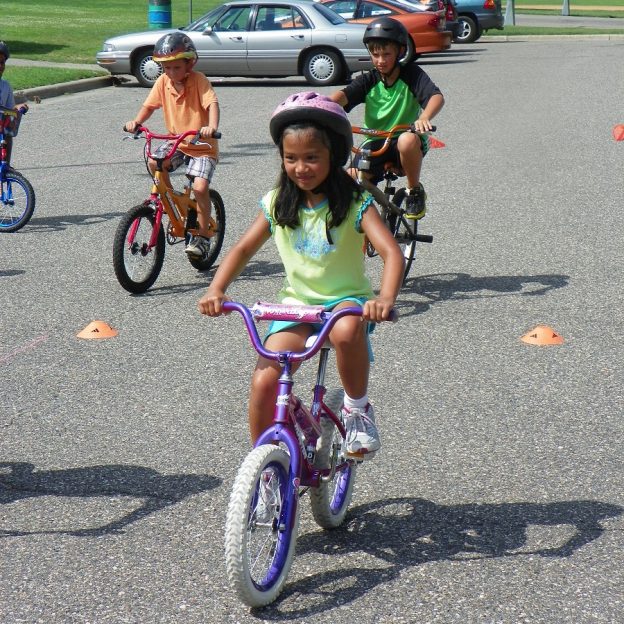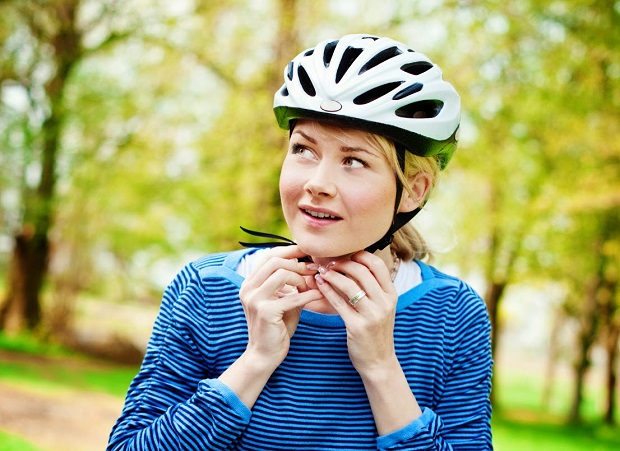Tag: kids’ bike helmets
-

Tips and tricks for riding on roads more efficiently and more comfortably
Let’s get this out of the way first – Be Safe! With spring biking season soon here, you will be riding on roads with pedestrians, other riders, and cars. With more road traffic each year it is possible to have an accident even if you do everything correctly. Wear a helmet and review the following…
-

The bicycle helmet: what it does and how to find the right one for you
When you were a kid, wearing a bicycle helmet was probably something you tried not to do. They were heavy, hot, and never fit well. Now you’re older, wearing a helmet isn’t just a logical safety choice, but it is also very comfortable. Read on to learn how helmets protect you better, have become lighter,…
-

Have Fun on a Minnesota Bicycle Safety Safari for Kids at Como Zoo
Keeping you safe along life’s road this Safety Safari event can be a great family experience with fun children’s games, hands-on learning and a bike helmet giveaway. Plan to come, with the kid’s, Tuesday, June 13, from 10 a.m. until 1 p.m. at the Como Zoo, in St. Paul, MN.
-

Bicycle helmets provide excellent protection even with different standards
We’ve nearly all had an experience, whether at five years old or 55, knowing that wearing a bike helmet can play an important role in preventing minor to severe head injuries when riding. No matter what the circumstances, it is a comforting thought to know that if a crash accurse you had the correct helmet…
